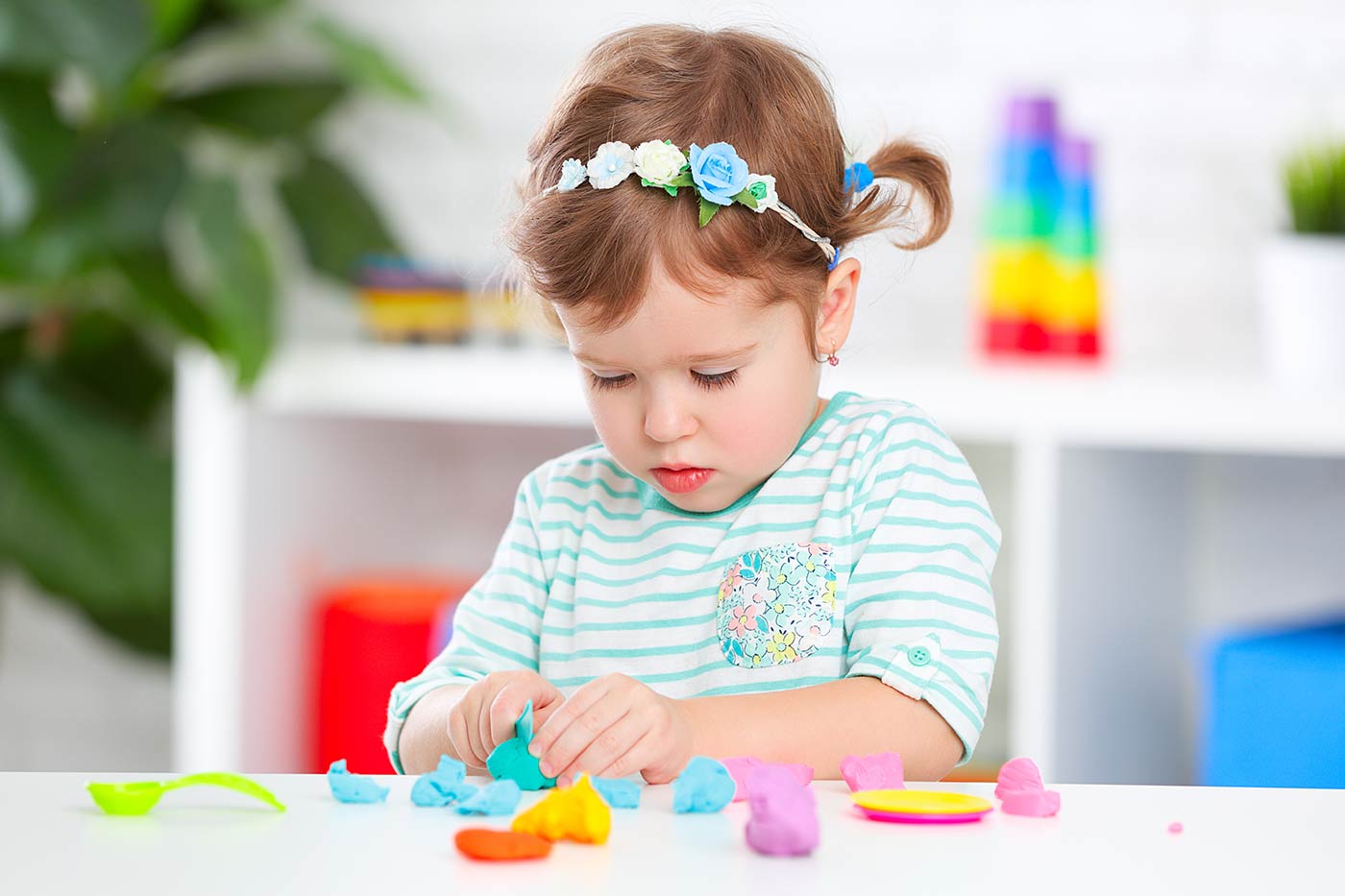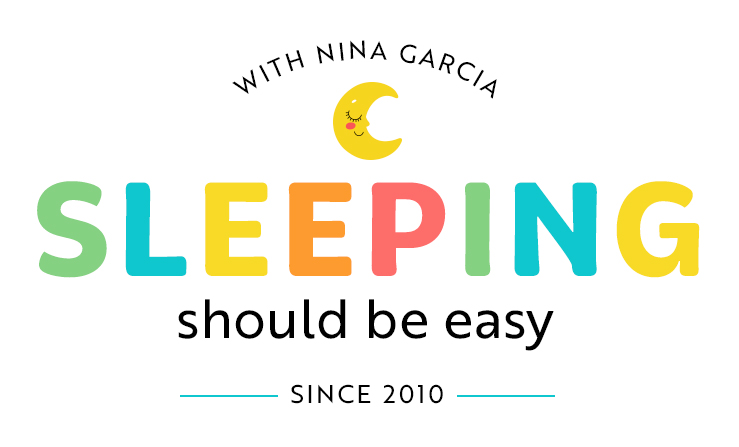How to Help Your Child Adjust to Preschool
Going to preschool can feel daunting for both you and your little one. In this article, I’ll show you how to transition your child to preschool, starting from weeks before to the first day of school.

Who knew the transition process to preschool could be so tough? And not just for our kids, but for us parents as well.
You might have chosen a preschool several months ago only to find yourself feeling unprepared for the big day. Perhaps preschool is the first time your child will have regular interactions with other kids, or even apart from you. You might feel pressured to potty train and worry he won’t know how to do things for himself.
And sure, he’s excited now, but you get a sense that he might have plenty of tears come the big day. No wonder the transition to preschool can feel unnerving for everyone.
How to prepare for preschool before the first day
I hear you, friend. Every parent and child has her own way of dealing with this transition. It can often be one of the biggest changes in your child’s life so far, so no wonder you want to get it right.
I want to share with you what has helped me as my own kids entered preschool. These are based on successes as well as mistakes I wish I hadn’t made. I broke the article down into two parts: before the first day of school and on the first day itself.
Let’s take a look at what you can do now as you count down to the big day:
Table of Contents
Visit the preschool
Whether your child has never been with other kids regularly or is in daycare at the moment, visiting the preschool can make it feel more familiar.
If you haven’t chosen your preschool yet, bring her with you on tours so she can get a sense of what preschool is like. Have her tag along with you to drop off applications or paperwork you need to turn in. Point out the school when you walk or drive by, or even look at photos of the school online when you’re at home.
Ask the school if she can drop in for an hour or two on a class about a week before her first day. You can sit with her during that time so that she can slowly acclimate to her new school while still having you nearby.
Free printables: Want sample worksheets from my ebook, Letters and Numbers? You’ll get worksheets to help your child trace and recognize the letters of the alphabet. Join my newsletter and grab them below—at no cost to you:
Get school materials
Nothing can get your child more excited about preschool than the new school materials she gets to take with her! At this stage, her materials will likely be minimal, but even these can be a fun change.
What are some items you can grab for her first day? To start, a fun lunch bag can hold all her lunch containers and utensils, along with a reusable sippy cup. Stash these (along with spare clothes) into a new backpack. And she can also have a special outfit for her first day of school.
Make sure she knows how to use these items, from opening her lunch thermos to zipping her backpack closed. You can get a head start weeks from school to grab these items.
Mimic the typical preschool day
Ask the preschool for their daily schedule so that you can give your child clues on what might take place. That way, you can talk about typical scenarios she might experience at school.
For instance, talk about the items she might play with or how she might grab her lunch bag to eat snacks and lunch. Describe their playground outdoors, sitting down in a circle for story time, or taking a midday nap.
You can even set up a pretend preschool at home where you do some school work, go to the park for “recess,” or show her how to share. Use preschool lingo in your everyday conversation, like gathering books for “story time” or creating crafts for “art class.”
Play games like Simon Says and Red Light Green Light, and sing popular nursery rhymes, especially the ones that include body motion, like Head, Shoulders, Knees, and Toes, Hokey Pokey, and The Wheels on the Bus.
And introduce words and numbers through simple games, even those you make up out of the blue. For instance, you can:
- Find things at home that start with the first letter of her name
- Take turns rolling a ball back and forth while saying a letter from the alphabet with each roll
- Try to come up with as many rhyming words as you can (“What rhymes with ‘bat’?”)
Encourage self-sufficiency
Have you been doing nearly everything for your child? Start letting go and allowing him to become more independent. While teachers are there to help, he won’t get individual attention from an adult the way he has been with you.
Boost his confidence and self-sufficiency by teaching him how to do some things for himself. Encourage him to feed himself, including opening and closing food containers. Have him put on and remove his jacket, clean up spills and messes, and return books and toys where they belong.
That way, the first day of school won’t be the first time he has to learn how to be more independent with these tasks.
How to help your child on the first day of preschool
It’s the big day! You’ve done all that you could to prepare your child for preschool, and now the time is here. How can you better her chances of a fun, positive experience? Take a look at these tips to make that first day a smooth one:
Get good sleep and a healthy breakfast
Start the day off right by preparing the night before! Make sure that your child gets enough sleep so she wakes up alert and happy. Give her plenty of time to get ready in the morning and adjust your bedtime and wake-up time as needed.
Then, start the day with a hearty and healthy breakfast so she’s fueled for the day. Stick to a simple meal that won’t upset her tummy but is a favorite of hers.
By ensuring that she’s well-rested and fed, she has two fewer obstacles that could make her cranky.
Pack your child’s favorite food for lunch
Help make your child’s day brighter by packing some of her favorite food for lunch and snack time.
Balance this with making sure that she can easily feed herself. Spaghetti might be her favorite, but this could make a big mess. Or cut the noodles into smaller pieces so she can feed herself easier.
Bonus tip: Sneak a few special touches in her lunch bag, like drawing a happy face on her banana or tucking in a family photo as a surprise.
Give your child a token of yourself
Give your child something simple of yours that she can hold onto during the day. Most schools discourage kids from bringing items from home (they tend to get lost). Choose items that she can keep on herself or won’t matter if they get lost.
For instance, wrap your hair band around her wrist or tuck a small bookmark you use in her pocket. Let her know you plan to get it back from her when you see her again after school—a reminder for her that you’ll come back.
Another idea is to give her objects that she treasures, from a favorite necklace to a small lovey tucked in her backpack.
Leave kindly, calmly, and swiftly
Here’s the thing with saying goodbye: despite your inner turmoil, do your best to appear calm and composed. Your confidence rubs off on your child—if she sees that you trust her school enough to leave her there, she’ll feel less anxious about staying.
Then, leave when you say you’re leaving—don’t linger. Even if she’s in tears crying out your name and the teacher is barely able to keep her contained, keep walking and don’t turn around. Sobbing and whimpering yourself sends a bad message that this parting is a bad one.
It’s really not, however much of a milestone it may be. It’s a good experience for her as well as for yourself. Reserve your exuberance for when you see her again after school when you’re reunited.
The bottom line
You did it: you dropped your child off at preschool. She may have cried (and you may have done so as well in the car), but you pulled it off and properly sent her to her first day at school.
You’ll find yourself in a rhythm and the faces at school become familiar. You might even be able to ask her about school and hear details about everything that goes on. Preschool can soon be a positive factor in her life—and your family’s.
Get more tips:
- How to Create an After School Schedule at Home
- What to Do When Your Child Doesn’t Want to Go to School
- Preschool Pros and Cons: Should You Send Your Child to Preschool?
- What to Do When Your Child Cries at School Drop Off
- How to Stop Your Child from Crying at School
Don’t forget: Join my newsletter and grab your sample worksheets from my ebook, Letters and Numbers below—at no cost to you:

